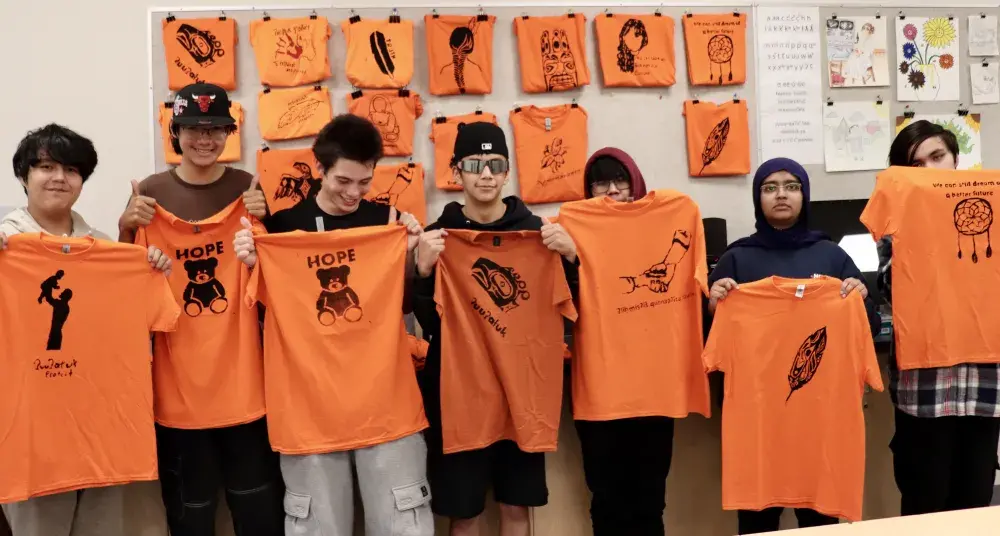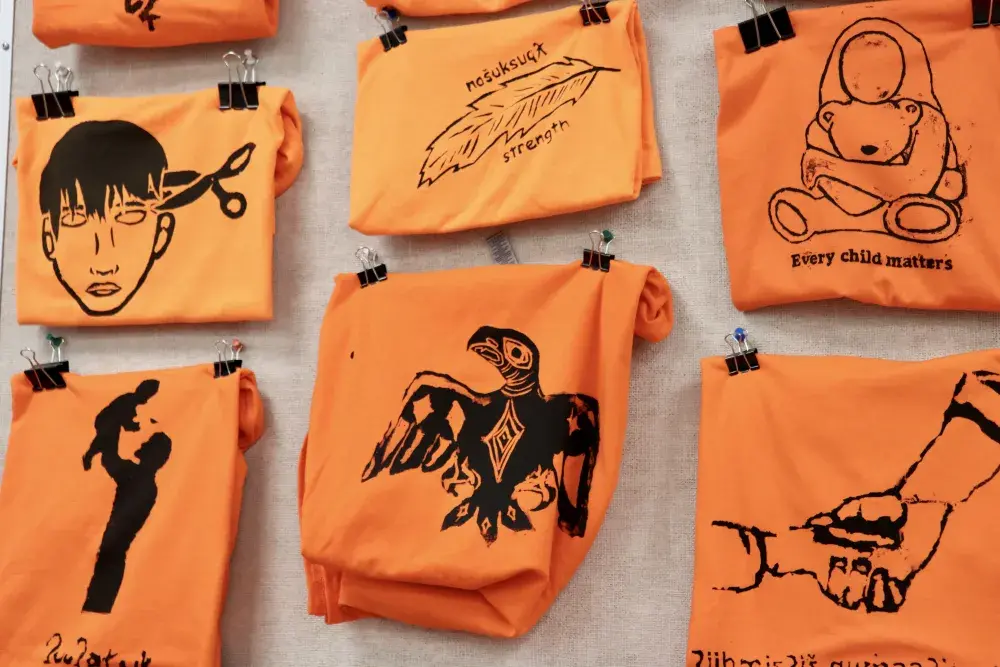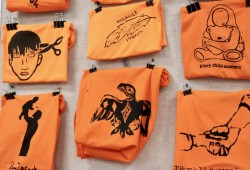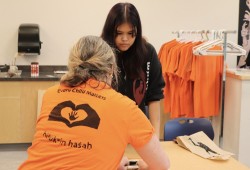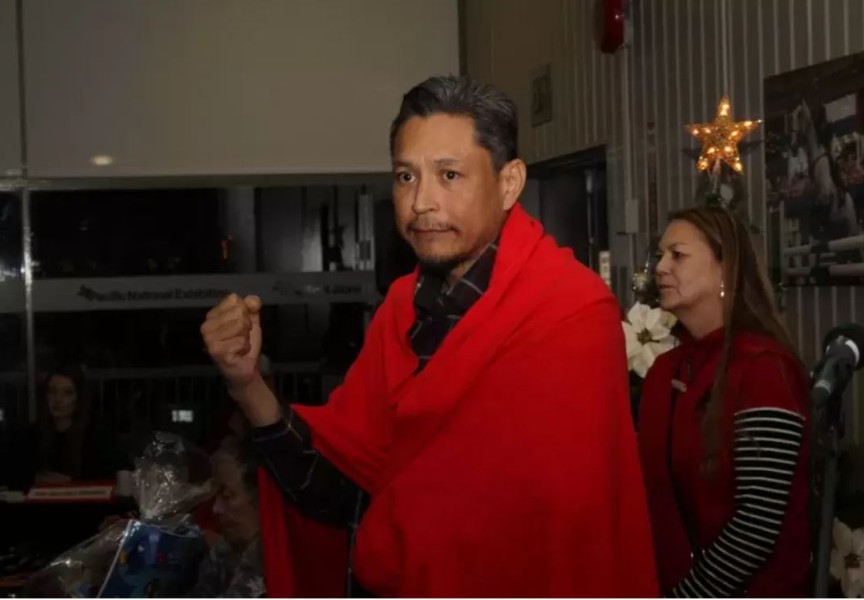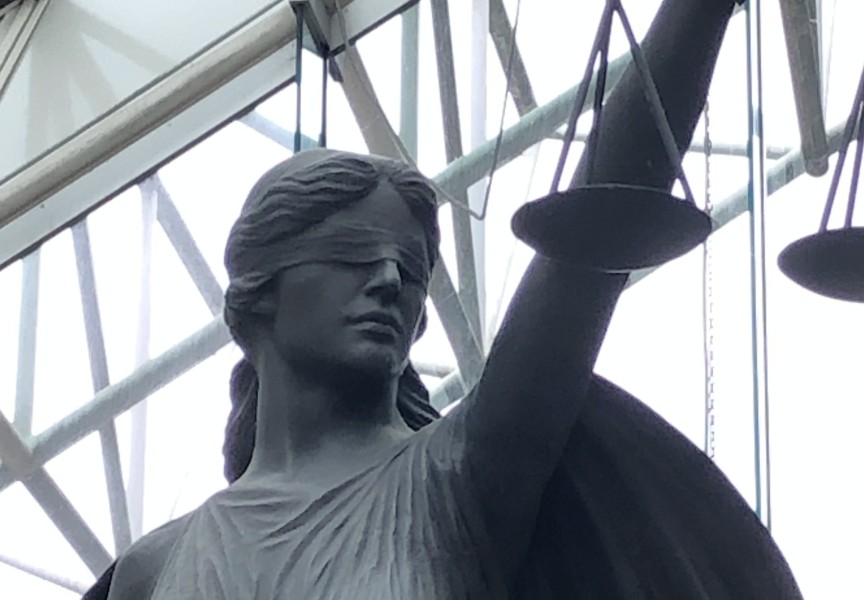Monday, September 30 is Orange Shirt Day or the National Day for Truth and Reconciliation. It is a special day for honouring residential school survivors and to remember the children that never made it home.
In 1831, the Mohawk Institute Residential School in Brantford, Ontario became Canada’s first residential school to open. It was the longest operating residential school in the country and closed in 1970.
Former Prime Minister of Canada Sir John A. Macdonald authorized the creation of residential schools in the Canadian West in 1883, according to the National Centre for Truth and Reconciliation (NCTR).
The Truth and Reconciliation Commission of Canada (TRC) concluded that residential schools were “a systematic, government- sponsored attempt to destroy Aboriginal cultures and languages and to assimilate Aboriginal peoples so that they no longer existed as distinct peoples.”
The TRC characterized this intent as “cultural genocide.”
Today, the former Mohawk Institute is part of the Woodland Cultural Centre, a place for healing and revitalizing Indigenous culture, language, history and art.
In Port Alberni, Tseshaht First Nation is hosting a walk to celebrate resilience and honour the survivors of the Alberni Indian Residential School (AIRS). The walk starts at 10 a.m. at Alberni District Secondary School (4000 Roger Street) and at noon there will be a celebration followed by lunch at Maht Mahts (500 Mission Road).
Everyone is welcome to join Tseshaht’s Orange Shirt Day event.
Many former students of the AIRS have testified to physical and sexual abuse that occurred there. In 1995, Arthur Henry Plint, who was a boy’s dormitory supervisor during two periods of employment from 1947 to 1953 and from 1963 to 1968, was sentenced to 11 years in prison for 18 counts of indecently assaulting young boys.
On a front page Ha-shilth-sa news article from April 11, 1995, BC Supreme Court Justice Douglas Hogarth said that “the Indian residential school system was nothing more than institutionalized pedophilia”.
“The seriousness of the offense cannot be over emphasized and the sentence must reflect a deterrence on others who think that they can get away with this kind of behaviour,” Justice Hogarth said.
Tseshaht has since demolished the Peake Hall dormitory building of the AIRS and turned it into an NBA-sized outdoor basketball court.
In Tofino, Tla-o-qui-aht First Nation (TFN) is hosting a paddle with survivors on Monday morning starting at 10 a.m.
“I met with Chief and Council from Tla-o-qui-aht and it’s something that they wanted to see happen because the old residential school was in Kakawis and then the other school was in Tofino at Tin Wis. They wanted to see a paddle happen,” said Catherine Thomas, TFN’s Residential Cultural Support Program coordinator.
“The plan is we are going to go to Opitsaht because there is no dock at the old Matsquiaht now, so we will travel from Opitsaht and journey some of our survivors over in a canoe. They will paddle from the beach (at Opitsaht) to Tofino,” she said, noting that they should arrive at the Tofino government dock around 11 a.m.
Following the paddle, there will be a walk from downtown Tofino to Tin Wis, then lunch and cultural activities throughout the day.
“There will be vehicles for elders that want to do the walk,” said Thomas.
The Christie Roman Catholic school opened in 1900 on Meares Island, B.C. Also known as Kakawis Indian Residential School, Christie closed in 1973, and students moved to the new Christie Indian Residential School (IRS) in Tofino. The old Christie site is now called Matsquiaht and is owned by Ahousaht First Nation.
Today, the new Christie is the site of the Best Western Tin Wis Resort, which is owned and operated by the Tla-o-qui-aht First Nation. On March 29, 2013, a č̓iinuł (totem pole) was raised at Tin Wis to remember all the children who survived and those who were lost in the Indian Residential School system. In 1983, the new Christie IRS closed. It was the last functioning residential school in British Columbia.
Ahousaht Indian Residential School was located on Flores Island and operated from 1904 until 1940 when it burned down and was replaced with a day school. According to the NCTR, Ahousaht IRS was a Presbyterian-run day school, but was taken over by the United Church in 1925. Students were not allowed to speak their Indigenous language at the school and every staff member carried a strap, said the NCTR website.
Ucluelet Secondary School (USS) is hosting its fourth annual museum exhibit for Orange Shirt Day. Exhibit partners include Clayoquot Biosphere Trust, Legacy of Hope Foundation and Tourism Tofino with partial funding supplied by Heritage Canada.
The exhibit titled Youth on Reconciliation: Imagine a Canada - Legacy of Hope Foundation explores the concept of reconciliation through artistic expression and what that means to youth in Canada.
Folks are invited to tour the exhibit from 10 a.m. to 3 p.m. on Sept. 30. Entry is by donation. There will be student poetry books for sale as well as a limited supply of student-created orange shirts. All proceeds go to next years’ work on the National Day for Truth and Reconciliation.
Grade 9 USS art student Taylor Frank, 14, designed an orange shirt with the Nuu-chah-nulth phrase ‘Every Child Matters’ scrolled beneath holding hands.
“It seemed perfect for the project. It could stand for the child getting taken away or reuniting with their parents after the years they’ve been taken,” said Frank.
“My grandparents went to residential school. It’s nice to work on this project,” he said.
The Youth on Reconciliation exhibit and student artifacts of learning will go to Tofino Tourism for display and public viewing from October 7 to 17.
Huu-ay-aht First Nation’s Orange Shirt Day event starts at 11:30 a.m. at the House of Huu-ay-aht in Anacla. Lunch will be provided and everyone is welcome.
Ditidaht First Nation is celebrating the National Day for Truth and Reconciliation with a walk that starts at 2 p.m. at the community hall by Nitinaht Lake. The walk will be followed by an open floor for speeches, song, dance and dinner.

